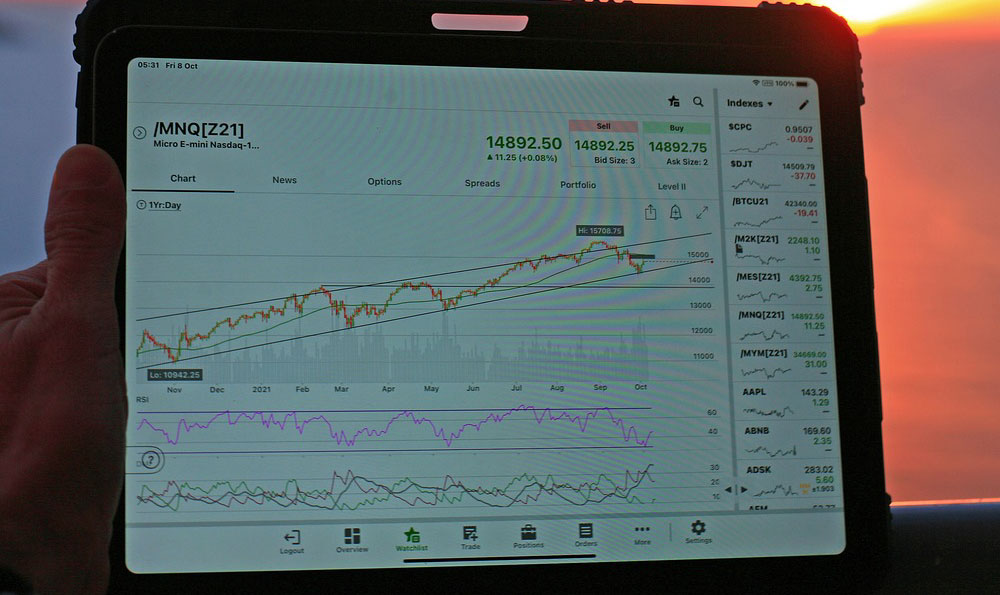Investing Retirement Savings: Navigating the Crypto Landscape
Retirement. The very word conjures images of relaxation, travel, and pursuing long-held passions. But achieving this idyllic vision requires diligent planning, and increasingly, that planning involves considering the role of cryptocurrency within a diversified investment portfolio. While traditionally, retirement savings have focused on stocks, bonds, and real estate, the allure of high returns and the evolving nature of finance have prompted many to explore the potential – and the risks – of including crypto assets.
The decision to invest retirement savings in cryptocurrency is not one to be taken lightly. It demands a thorough understanding of the volatile nature of the market, a clear grasp of your own risk tolerance, and a well-defined investment strategy. This article serves as a guide, exploring potential avenues for including crypto in your retirement plan, the rationale behind such a decision, and crucial considerations to mitigate risk.

Understanding the Allure: Why Consider Crypto for Retirement?
Several factors contribute to the growing interest in crypto for retirement:
-
Potential for High Returns: This is perhaps the most significant draw. Cryptocurrency, particularly in its early stages, has demonstrated the potential for exponential growth. While past performance is never a guarantee of future results, the possibility of significant gains can be tempting, especially for younger investors with a longer time horizon before retirement. Some cryptocurrencies, driven by innovative technologies or strong community support, have significantly outperformed traditional assets over certain periods.
-
Inflation Hedge: The decentralized nature of many cryptocurrencies, particularly Bitcoin, appeals to investors seeking protection against inflation. With a limited supply cap, Bitcoin is often viewed as a store of value, similar to gold, that is not subject to the inflationary pressures of fiat currencies controlled by central banks. While the efficacy of Bitcoin as a reliable inflation hedge remains a topic of debate, it contributes to its appeal as a long-term investment.
-
Diversification: Diversification is a cornerstone of sound investment strategy. Crypto assets can potentially offer diversification benefits by having a low correlation with traditional asset classes like stocks and bonds. This means that when traditional markets are down, crypto might perform differently, potentially offsetting losses in other areas of your portfolio. However, it's crucial to acknowledge that correlations can change over time, and crypto's correlation to traditional markets has sometimes increased during periods of market stress.
-
Technological Innovation: Many investors are drawn to the underlying technology of cryptocurrencies, particularly blockchain. They believe that blockchain technology has the potential to revolutionize various industries, and investing in crypto is a way to participate in this technological revolution. This conviction can provide a long-term perspective that helps weather the volatility inherent in the crypto market.
Exploring the Options: Where to Invest Retirement Savings in Crypto
There are several ways to incorporate crypto into your retirement savings, each with its own pros and cons:
-
Self-Directed IRAs (Individual Retirement Accounts): These specialized IRAs allow you to invest in alternative assets, including cryptocurrency. While they offer greater control over your investment choices, they also come with added responsibilities and complexities. You'll need to find a custodian that supports crypto investments and ensure that all transactions comply with IRS regulations to avoid penalties.
-
Brokerage Accounts: Some traditional brokerage firms now offer access to cryptocurrency trading and investment. This provides a convenient way to invest in crypto alongside your existing investments. However, it's important to choose a reputable broker with robust security measures to protect your assets.
-
Crypto ETFs (Exchange-Traded Funds): As the crypto market matures, ETFs that track the performance of Bitcoin or other cryptocurrencies are becoming increasingly available. These ETFs offer a more diversified and potentially less volatile way to gain exposure to the crypto market, as they typically hold a basket of crypto assets rather than a single cryptocurrency. Investing in a crypto ETF through a traditional IRA or 401(k) offers a familiar and regulated investment vehicle.
-
Direct Purchase and Storage: This involves buying cryptocurrency directly from an exchange and storing it in a digital wallet. While this offers maximum control over your assets, it also comes with the greatest responsibility for security. You'll need to understand how to properly secure your digital wallet and protect your private keys to prevent theft or loss of your cryptocurrency. This option is generally not recommended for those unfamiliar with the technology.
Mitigating the Risks: A Cautious Approach
Investing in cryptocurrency for retirement requires a cautious and well-informed approach:
-
Understand the Risks: Cryptocurrency is a highly volatile asset class. Prices can fluctuate dramatically in short periods, and there is a risk of losing a significant portion of your investment. It's crucial to understand these risks before investing any money. Only invest what you can afford to lose without jeopardizing your retirement security.
-
Start Small: Begin with a small allocation to cryptocurrency, perhaps no more than 5-10% of your overall retirement portfolio. This allows you to learn about the market and gain experience without exposing yourself to excessive risk. Gradually increase your allocation as you become more comfortable with the asset class.
-
Do Your Research: Thoroughly research any cryptocurrency before investing. Understand its underlying technology, its use case, its market capitalization, and its development team. Avoid investing in cryptocurrencies based solely on hype or social media buzz. Look for projects with a strong foundation and a clear roadmap for future development.
-
Diversify Your Crypto Holdings: Don't put all your eggs in one basket. Diversify your crypto holdings across different cryptocurrencies with varying market caps and use cases. This can help to reduce the risk of losses if one particular cryptocurrency performs poorly.
-
Rebalance Regularly: Regularly review your portfolio and rebalance your crypto allocation as needed to maintain your desired risk profile. As your crypto investments grow, you may need to reduce your allocation to stay within your comfort zone.
-
Consider the Tax Implications: Cryptocurrency investments are subject to capital gains taxes. Consult with a tax professional to understand the tax implications of buying, selling, and holding cryptocurrency in your retirement account.
-
Seek Professional Advice: Consider consulting with a financial advisor who has experience with cryptocurrency investments. A financial advisor can help you assess your risk tolerance, develop a suitable investment strategy, and navigate the complexities of the crypto market.
Conclusion: A Balanced Perspective
Investing retirement savings in cryptocurrency can be a potentially rewarding but also risky endeavor. It's not suitable for everyone, and it requires careful consideration, thorough research, and a well-defined investment strategy. By understanding the potential benefits and risks, diversifying your holdings, and seeking professional advice, you can make informed decisions about whether and how to incorporate cryptocurrency into your retirement plan. Remember, a balanced approach that prioritizes long-term financial security should always be the guiding principle. Don't let the allure of quick riches overshadow the importance of a well-diversified and prudently managed retirement portfolio.












